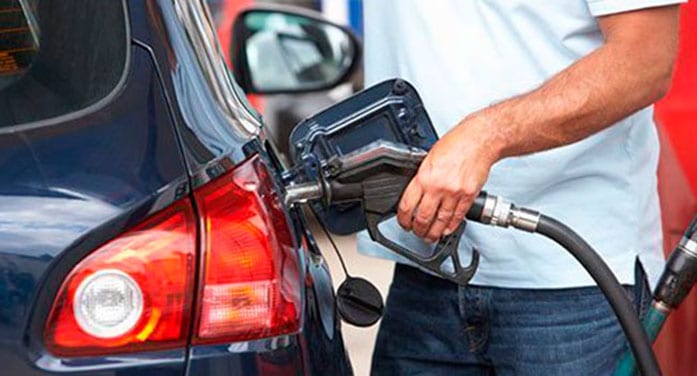 The federal government is putting on a masterclass about how to increase the cost of living. It’s doing everything from raising taxes during the middle of a pandemic to massive government borrowing and money printing. Now the question is: will any politician do anything to fight inflation?
The federal government is putting on a masterclass about how to increase the cost of living. It’s doing everything from raising taxes during the middle of a pandemic to massive government borrowing and money printing. Now the question is: will any politician do anything to fight inflation?
The latest report from Statistics Canada shows prices jumping 4.7 per cent over the year. That’s the highest annual price increase in nearly two decades.
A primary driver of this inflation is soaring energy prices.
“Energy prices were up 25.5 per cent year over year in October, primarily driven by an increase in gasoline prices,” according to Statistics Canada.
Making it more expensive to fuel your car and heat your home is the goal of the federal carbon tax, which has increased twice during the pandemic. In April, the carbon tax will rise again, this time to 11 cents per litre of gasoline.
Carbon tax hikes don’t stop there. Prime Minister Justin Trudeau said he will increase his carbon tax to nearly 40 cents per litre by 2030 and impose a second carbon tax through fuel regulations that could add an extra 11 cents to the per litre pump price.
What has the Official Opposition said about rising gas prices?
Conservative Party Leader Erin O’Toole wants to impose two carbon taxes of his own that will soak a family for $20 every time they fuel up their minivan.
Canadian politicians could immediately provide relief at the pumps. South Korea just reduced its gas taxes by 20 per cent, and India is providing relief too.
“The reduction in excise duty on petrol and diesel will also boost consumption and keep inflation low, thus helping the poor and middle classes,” reads the Indian government’s news release.
Canadians are even facing higher taxes every time they pick up a six-pack or a bottle of wine. Taxes now account for about half of the price of beer, 65 per cent of the price of wine and more than three-quarters of the price of spirits.
Another source of higher prices is the government’s printing press, which has been on overdrive during the pandemic. When the government prints more dollars, the dollars in your salary and savings account buy less.
 The central bank has created $370 billion during the pandemic by purchasing financial assets such as government debt. That 300-per-cent growth in the Bank of Canada’s assets far outpaces the growth that occurred during the recessions of the 1970s, 1980s and 1990s. In fact, it far outstrips the growth from the beginning of 2008 until the beginning of the pandemic.
The central bank has created $370 billion during the pandemic by purchasing financial assets such as government debt. That 300-per-cent growth in the Bank of Canada’s assets far outpaces the growth that occurred during the recessions of the 1970s, 1980s and 1990s. In fact, it far outstrips the growth from the beginning of 2008 until the beginning of the pandemic.
What is the central bank buying with its freshly printed dollars? Government of Canada debt makes up 85 per cent of the assets the Bank of Canada buys. That means the government is financing a good chunk of its deficits by devaluing your money.
The obvious first step to rein in this inflation tax would be to stop creating so much government debt for the Bank of Canada to purchase in the first place.
But every federal party leader just spent the last election promising more government borrowing. The Liberal Party, Conservative Party and New Democratic Party promised to increase spending by $78 billion, $51 billion and $214 billion respectively.
Families are getting soaked by higher prices while politicians are asleep at the wheel. The government needs to cut taxes and stop borrowing, but politicians want to raise taxes and spend billions more. It’s time for politicians to wake up from their slumber and provide Canadians with a concrete plan to stop these rising prices.
Franco Terrazzano is the Federal Director of the Canadian Taxpayers Federation.
Franco is a Troy Media Thought Leader. For interview requests, click here.
The opinions expressed by our columnists and contributors are theirs alone and do not inherently or expressly reflect the views of our publication.
© Troy Media
Troy Media is an editorial content provider to media outlets and its own hosted community news outlets across Canada.

